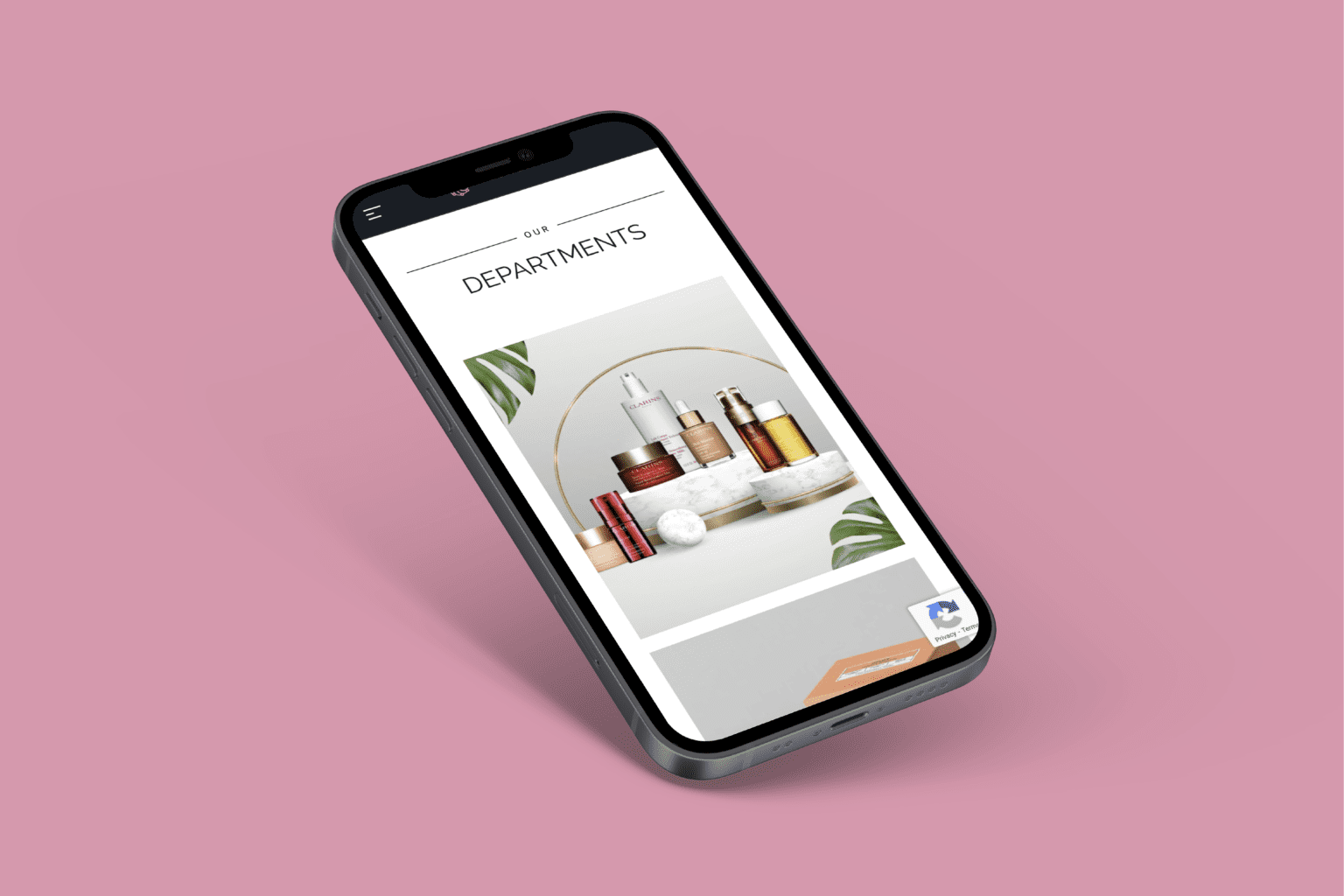The ability to design an effective logo is an under appreciated art. Most companies neglect their brand identity and in doing so harm their public perception. To give you a rough guide on how to gauge if your logo works we have compiled the Top Ten Logo Design Mistakes. Find out if your logo avoids these costly errors.

10. Designed by an Amateur
New busineses invest a huge outlay of capital in any startup organisation. Unfortunately this capital is often thwarted by a lack of investment in the company logo and subsequent branding. This lack of investment can reflect badly on a company looking to create a trusted and attractive brand. The most common reasons behind poor logo choices include:
- Wanting to save money by designing the logo themselves or commissioning someone who has little or no logo design experience.
- Choosing the wrong company to design the logo i.e. a signage printing company that are not proficient in logo design.
- Online logo designers promising original designs for rock bottom fees.
- Online competition based logo websites that mainly consist of amateur designers.
All of the above reasons will guarantee that your logo will not represent your organisation in a professional manner. By hiring a designer that has a track record of designing effective logos, you are dramatically reducing the risk of looking unprofessional or amateur. Hiring an experienced design makes sure:
- Your logo is original and memorable.
- Your logo will have a longer lifespan, not needing any dramatic and expensive redesigns.
- It will work across all print and online platforms in various sizes.
- That your organisation looks professional.

9. Relying on Current Design Trends
A reliance on current logo design trends can guarantee you two major problems with your logo. Firstly it will look similar to rival logos that follow the same trends. After reproducing your logo throughout printed materials, online and on company signage you don’t want to find out that a rival has a similar look to your logo based on a current design trend. Secondly design trends are constantly evolving, meaning in a year or two your logo will look outdated. This reflects badly on your company by presenting it as old or not relevant to it contemporaries. A skilled designer will create a logo that works in any time by avoiding trends and sticking to the principal rules of logo design.
8. Using Raster Images
A very common complaint from companies who purchase cheap logo designs is the inability to reproduce the logo in different sizes without reducing the image quality. An experienced designer will create your logo as a vector file in programmes like Adobe Illustrator. This vector can be reduced and creased in size without losing image quality. Often amateur designers will create a logo as a raster image. This means the image is composed of bitmap pixels that pixelate the image when increased in size. If your company logo is not a vector file (eps, ai or pdf) you cannot use it for any project that requires the logo to be reproduced at a scale large than the original format.

7. Containing Stock Art
This is a cardinal error that should be avoided at all costs. Firstly the stock image is under a licence agreement. This means that you might run into legal issues with logo in the future if you unwittingly break the terms of stock publishers licensing agreement. Secondly these images are not exclusive to your company. Other designers can choose to incorporate these images into their logo designs leaving you with a logo that is not unique. This route is not recommended to any company looking to build a brand that is original.

6. Overly Complex Design
Overly complex logo designs might look ver attractive a certain sizes, but do not reproduce well. Overly complex designs are lost in small sizes. If your design loses a lot of detail when decreased it limits you from using small logos on business cards, social media avatars, websites, point of sale material, etc. A skilled designer will create a logo that can be reproduced in all sizes.

5.1. Poor Choices of Font
Font choices can make or break a logo design. Fonts aren’t an after thought of design, they can make or break a design and impact massively on your companies branding. Typography is a skill that allows a designer to communicate the written word through the meaning reflected in it aesthetic. For example you would not use a fun typeface to communicate a serious organisation. Typography should represent the meaning or the words it represents.

5.2. Too Many Fonts
The use of too many fonts that are often not compatible with each other is a major error that some amateur logo designers produce. The use of eclectic typefaces sends mixed messages to the viewer. For example, a contemporary modern business using serif (traditional) typefaces with sans-serif (modern) typefaces is not communicating the content correctly. It takes a skilled designer to use complimenting fonts!

4. Copying Others
This is a major problem that effects far too many organisations. Designs with a short turn around time are limited by the time they have to research and develop original content based on the design brief. When the budget is small and the lead in time short invariably designers will copy or draw too much inspiration from your competition. This is a counter productive measure that leaves the client with an unoriginal logo and the risk of an expensive legal case for plagiarism.
Image source

3. Poor Choice of Colour
Choosing the colours of a logo is not a lucky dip or a case of choosing a colour based on preference. Each colour represents a feeling and illicit a response. Using colours that best represent your organisation and get the appropriate reaction from your target audience is a science in itself. The choice of a poor colour scheme can alienate your audience by sending out the wrong image triggering a negative subconscious reaction. A full understanding of colour and it’s impact on people can be the difference in your company being perceived in totally wrong light.

2. Not Designed for its Intended Audience
Often amateur logo designers will base a design on personnal preference rather that client or public input. A designers ego can get in the way of visually communicating a companies message and turn out with disastrous effects. When choosing a designer, it is imperative that they have an understanding of the results that need to be illicit through the final logo design.
Image source

1. No Brand Guidelines
Brand guidelines are the most important product of a professional logo design. Brand guidelines map out what colours need to be used with the brand, which typefaces need to be used online and in print and how the logo should be treated in printed media and online with your website and social media. A logo without brand guidelines is the equivalent of being asked to find an address without directions. Without these guidelines your logo will be bastardised and reproduced incorrectly reflecting badly on your organisations professionalism. An experienced logo designer will always provide their clients with a set of brand guidelines to successfully showcase their brand identity.
For any more information on the Top Ten Logo Design Mistakes or any other information on our services feel free to call Opus Creative on +353 (21) 242 8689 or email us on hello@opuscreative.ie




